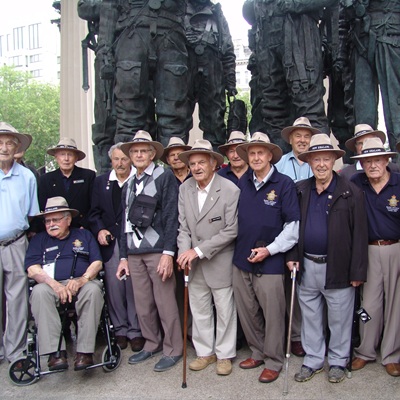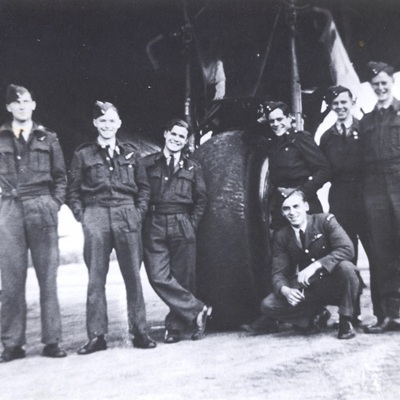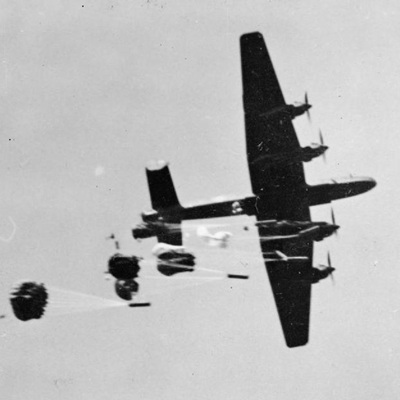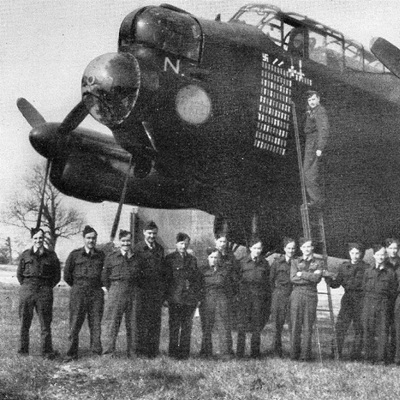Stories
Stories
Petrol Rationing Called for Extreme Measures
When petrol was scarce, ingenuity was required at times. Harry Furner recounted a mischievous tale from RAF Burn ensured both a friend’s visit and an unforgettable prank on an unsuspecting workman. Such was the humour that sustained wartime airmen.
They Didn’t Speak About It
They came home carrying memories too heavy for words. The men of Bomber Command had seen friends vanish into the night sky, lived through fear, and taken part in missions whose devastation they could not easily reconcile. For many, silence was the only way to cope.
Cook’s Tours
As the war transitioned to peace, one of the more unusual post-war events were the so-called ‘Cook’s Tours.’ These flights showed politicians, military personnel (including some ground crew and WAAFs), journalists and even some civilians the chance to witness the scale of destruction inflicted on German cities and infrastructure.
Kiwis to Berlin 31 August 1943
Each Bomber Command operation is a story in itself, in fact a culmination of many stories. Philip Pullyn was the Bomb-Aimer in the Alexander crew in 75 (NZ) Squadron. At Philip’s funeral, Allan Alexander shared an account of one of their mid-tour ops from a wartime diary that had sat in a bottom drawer for 55 years.
From OTU to SOE
Three years after he was posted to Bomber Command, Phil Small still had not dropped a bomb or done an Op over Europe. But he had been very busy. How a bomber crew were “kidnapped” in Morocco, leading to an operational tour with SOE.
A Slightly Worn Lancaster
All crews, and particularly pilots, had their own favourite aircraft. Even within a squadron some aircraft were known to perform better or have their own peculiar vices but once a crew had settled on their lucky one they were loath to swap it.





